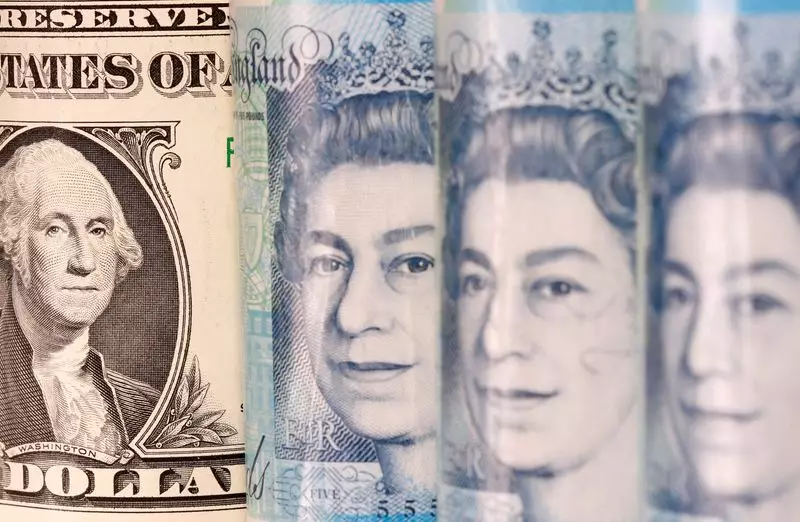In the realm of international finance, the fluctuations of currency values frequently draw the attention of investors, analysts, and the general public alike. Recently, the British pound (GBP) has demonstrated signs of stability, managing to hold its ground following a drop to a six-month nadir. This shift occurred in the context of a robust dollar, driven primarily by a surge of confidence in the U.S. economy after the election of Donald Trump.
The aftermath of Trump’s victory has seen a significant dollar uplift, prompting a 3% rise in the dollar index. Investor sentiments are currently anchored in expectations of trade reforms, including tariffs, and tax cuts intended to invigorate the American economy. Observers speculate that such policies may lead to an uptick in growth and inflation, consequently influencing the Federal Reserve’s stance on interest rates. This projected economic trajectory has led to rising Treasury yields, rendering U.S. bonds a more appealing investment option, thereby bolstering the dollar’s valuation against other currencies, including the pound.
Despite the pressure exerted by the strengthening dollar, the British pound has not been the weakest link among top currencies. In fact, its decline of approximately 2.7% since the election contrasts with the euro’s pronounced vulnerabilities. Market forecasters anticipate that future tariffs may impact the euro zone disproportionately, particularly as Europe has closer economic ties with China, a primary target for any introduced tariffs. This scenario has led traders to position themselves more favorably toward the pound compared to the euro.
Market analysts, including Matthew Amis from asset management firm abrdn, suggest that the pound’s precarious position is largely attributable to overwhelming dollar strength rather than inherent weaknesses within the UK economy. The sentiment is that absent a transformative narrative concerning UK growth prospects, the pound may continue to face downward pressure. The Bank of England (BoE) has been vocal in signaling a moderate path toward potential rate cuts, but hesitant indicators of economic growth mean that any adjustments may not invigorate the pound as expected.
Recent economic data has revealed a contraction in the UK economy for September, with quarterly growth stalling at a mere 0.1%. Consequently, market expectations are leaning heavily toward a potential rate cut at the upcoming BoE meeting, with traders currently assessing an approximately 80% likelihood of such a move. By the end of the next year, projections indicate that interest rates could dip to just above 4%. In contrast, the euro has plunged to a multi-year low against the pound, raising questions about the relative strengths of the two currencies amid geopolitical and economic shifts.
The current state of the British pound serves as a reflection of broader economic sentiments and geopolitical developments. As the U.S. navigates policy changes under a new administration, currencies worldwide, including the pound, will remain susceptible to rapid changes. Investors, traders, and policymakers must remain vigilant in interpreting signals from both domestic and international markets, leveraging insights derived from ongoing economic indicators. The resilience of the pound in a tumultuous financial environment remains contingent on various complex factors, echoing the intertwined nature of global economies.

